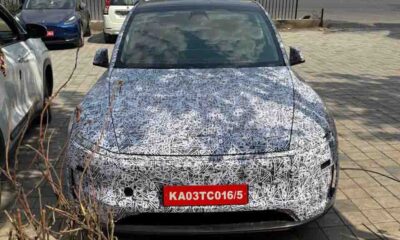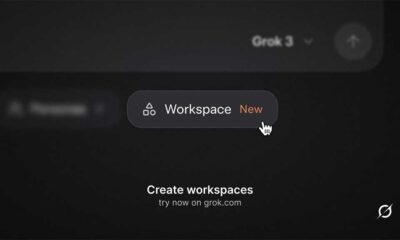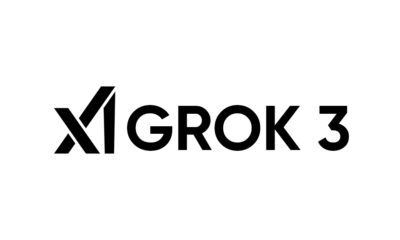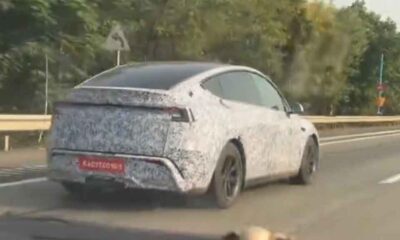Tesla
Tesla shares Dojo cluster pictures with new details
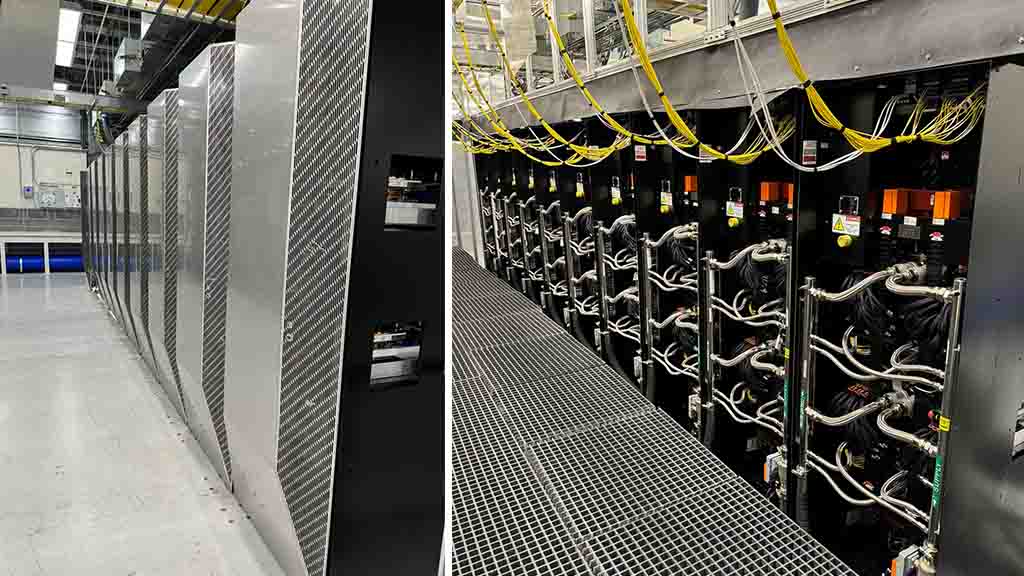
Tesla has shared the first pictures of the Dojo AI track on social media site X, showing these large computers ready for training inside the facility.
The outer design of these racks has a Cybertruck appearance but from the inside, it seems quite organized and advanced with a dedicated cooling system. No further details are available about the inside architecture for the time being.
In 2021, Tesla announced the Dojo computer cluster processes video data and trains self-driving technology. These computers are specialized to analyze data from millions of video clips and advance machine learning.
The company has also designed a custom chipset for efficiency in machine learning tasks for computer vision and high bandwidth connectivity. Taiwan’s TSMC is printing this chip but the production is moving slower. That’s because Tesla is using Nvidia AI solutions until it matures chip design.
Tesla CEO, Elon Musk said that his company will use Tesla hardware 4 AI computer in the training loop with Nvidia H100 GPUs. This ratio of these two chipset goes around a 1:2 ratio. Earlier this year, Musk announced to rename Hardware 4 as Artificial Intelligence 4 (AI4).

Tesla Dojo Cluster Pictures (Image Source – Tesla/X)
He said Tesla will opt for a 90,000 Nvidia H100 chipset and 40,000 custom-designed chips for its AI4 computers. It is also revealed that Dojo 1 will have around 8,000 H100 chipsets and its cluster will be online by the end of the year along with training.
During the Q1 2024 earning call, Musk said that the company will improve the number of active H100 AI chipsets from 35,000 to 85,000 by the end of this year. These chips will train machines to improve Full Self Driving (FSD).
An expansion is underway in the south area of Giga Texas to house a new data center. This new site is expected to go online within a few months and will house more than 50,000 H100 chips for large-scale development. On the other hand, we’ll have to wait for more information about Dojo’s performance matrix when it goes online.



